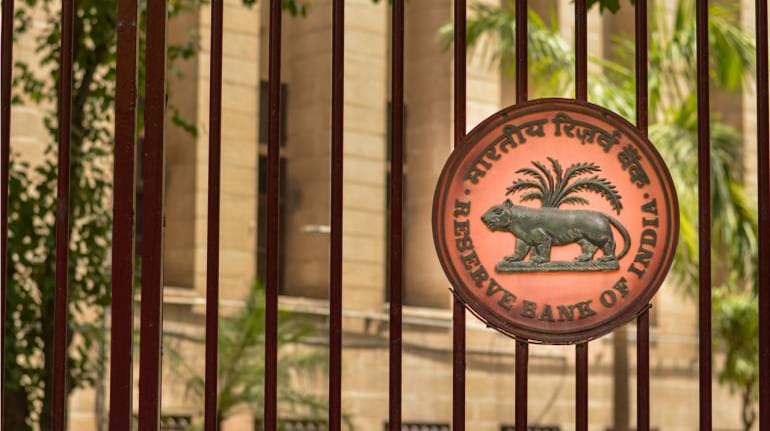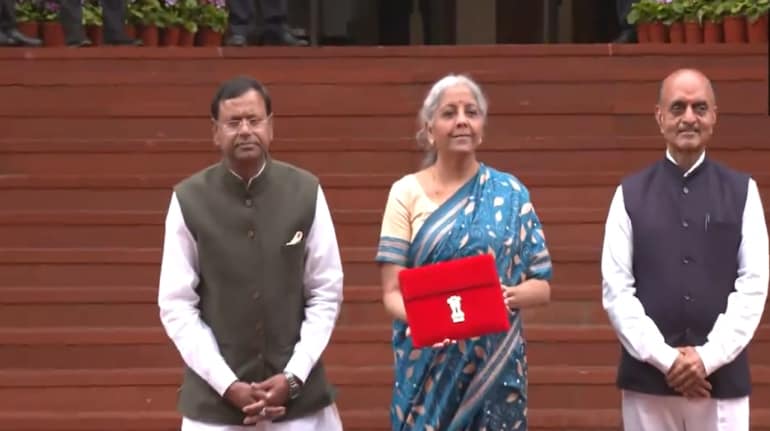
The Monetary Policy Committee (MPC), on August 6, kept the repo rate -- the key lending rate at which the central bank lends short-term funds to banks -- unchanged at 4 percent. As expected, the stance of the monetary policy panel has been retained at 'accommodative'. An accommodative stance means a rate hike is unlikely. All members of the rate setting panel voted in favour a status quo in rates.
The MPC said it will continue with the accommodative stance as long as necessary to support a struggling economy hit by the COVID-19 pandemic. The announcement came in line with what most economists predicted in the backdrop of a persistently high retail inflation and uncertainty surrounding the growth.
"While the Government has taken certain steps to ease supply constraints, concerted efforts in this direction are necessary to restore supply-demand balance. The nascent and hesitant recovery needs to be nurtured through fiscal, monetary and sectoral policy levers," the policy statement said.
Covid caution
Governor Shaktikanta Das cautioned against the threat of a likely third wave of the pandemic and assured that the central bank will remain vigilant. “The need of the hour is not to drop out guard and remain vigilant against any possibility of third wave especially in the backdrop of rising infections in certain parts of the country,” RBI Governor Shaktikanta Das said announcing the monetary policy.
The MPC has cut key lending rates by 250 basis points since February, 2019 to support growth. The rate setting panel said it will closely watch the inflation-growth scenario going ahead while deciding the course of policy actions.
Inflation projection upped, growth estimate retained
The RBI has increased the retail inflation estimate for the financial year 2021-22 to 5.7 per cent from 5.1 per cent projected earlier while retained the GDP growth target for the financial year at 9.5 per cent.
Price pressures have stayed high in the recent months. The closely tracked Consumer Price Index-based inflation (CPI) for the month of June rose 6.26 percent, as food prices hardened further, and transportation costs rose due to higher petrol and diesel prices. The June print came slightly lower than 6.30 percent for May, which was the highest in six months but continues to be above the MPC’s comfort zone of 2-6 percent.
Das said while recent inflationary trend has evoked concerns, this is more transitory in nature. Das emphasised that the conduct of MPC has been geared to rejuvenate growth. "Continued policy support is required to nurture a nascent economic recovery," Das said, adding, any pre-emptive monetary policy measures may have an impact on the recovery. While inflation may remain high, the pressure should ease by third quarter, Das said.
Overall, the tone of the monetary policy remains growth supportive.
In the recent months, economic growth has showed some signs of recovery compared to the massive contraction witnessed in the first wave of Covid. After a 7.3 per cent contraction in FY2020-21, the GDP growth is expected to pick up in the ongoing fiscal, at least by 9 per cent, according to most conservative estimates.
The RBI and the International monetary fund expect a slightly higher growth this year. But, all will depend on the unfolding Covid scenario. There has been a spike in fresh infections in states like Kerala.
Das said as Covid second wave ebbs, there is optimism that , with the help of vaccination, a likely resurgence of third wave will be contained. However, the RBI will be prepared to take any measures to ringfence the financial system, Das said.
Liquidity measures
The RBI has announced a slew of liquidity measures since last year to help the financial system tide over the crisis phase. On Friday, Das said the RBI will extend the on-tap TLTRO (targeted long-term repo operations) scheme to make sure enough liquidity in the markets. Under this, banks can draw liquidity as per need to on-lend to needy segments.
The scope of the on-tap TLTRO scheme, initially announced on October 9, 2020 for five sectors, has been further extended to stressed sectors identified by the Kamath Committee in December 2020 and bank lending to NBFCs in February 2021.
Earlier, the central bank had extended the operating period of this scheme in phases till September 30, 2021. "Given the nascent and fragile economic recovery, it has now been decided to extend the on-tap TLTRO scheme further by a period of three months, i.e. till December 31, 2021," Das said.
Similarly, the RBI has extended the relaxation given to banks on marginal standing facility (MSF) till December, 2021. On March 27, 2020, RBI allowed banks to avail of funds under the MSF. With the extension, banks will have increased access to funds to the extent of Rs1.62 lakh crore, Das said.
Taking into account the impact of second wave on businesses, the RBI extended the deadline for companies to meet certain financial parameters required to avail the resolution plans announced in August last year. These ratios were required to be met by March 31, 2022.
"Recognizing the adverse impact of the second wave of COVID-19 and the resultant difficulties on revival of businesses and in meeting the operational parameters, it has been decided to defer the target date for meeting the specified thresholds in respect of the above four parameters to October 1, 2022," the RBI said.
Follow LIVE Updates of the RBI Monetary Policy decision hereRBI Policy: MPC keeps repo rate unchanged at 4%, GDP growth target retained at 9.5% in FY22 - Moneycontrol.com
Read More

No comments:
Post a Comment